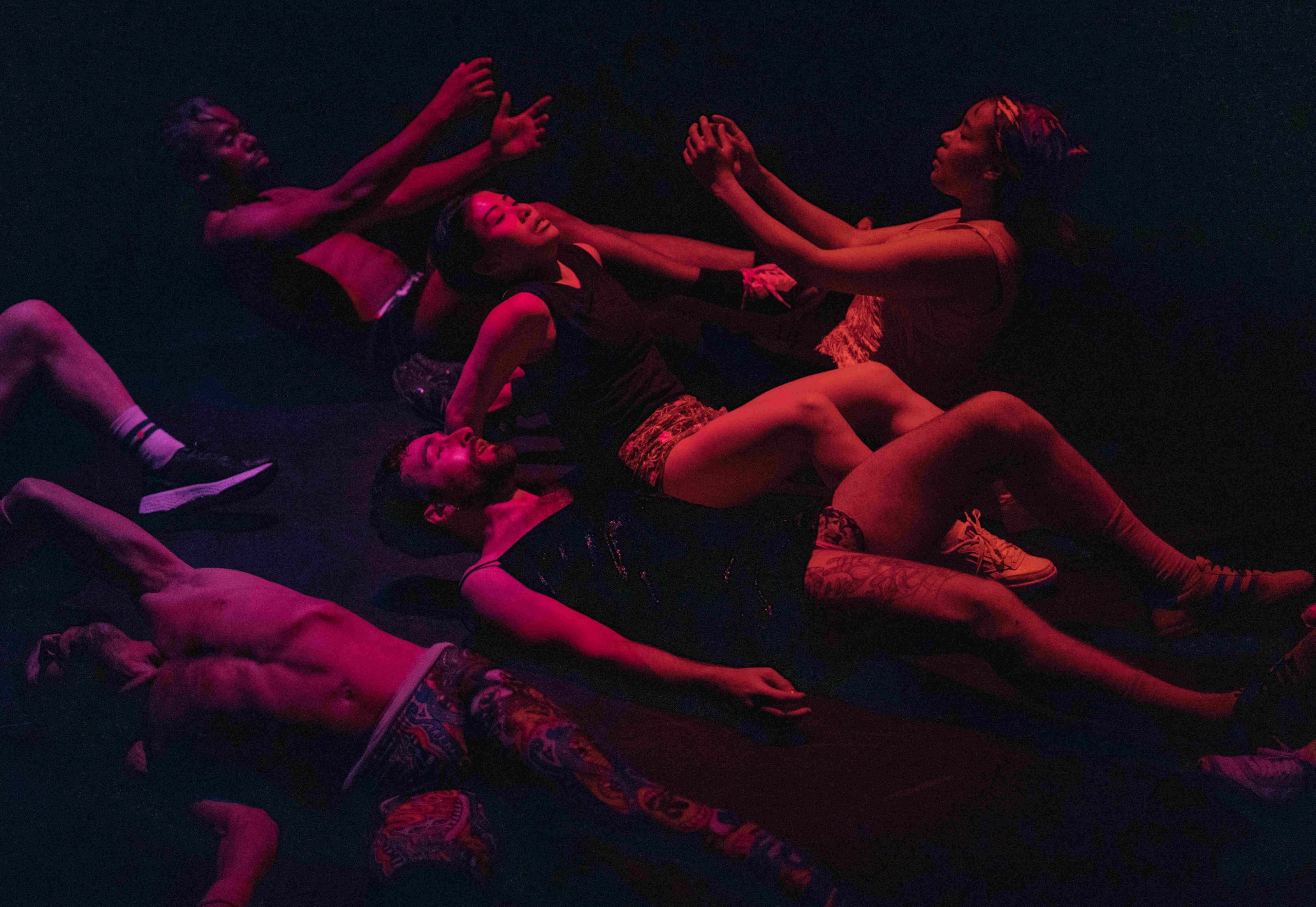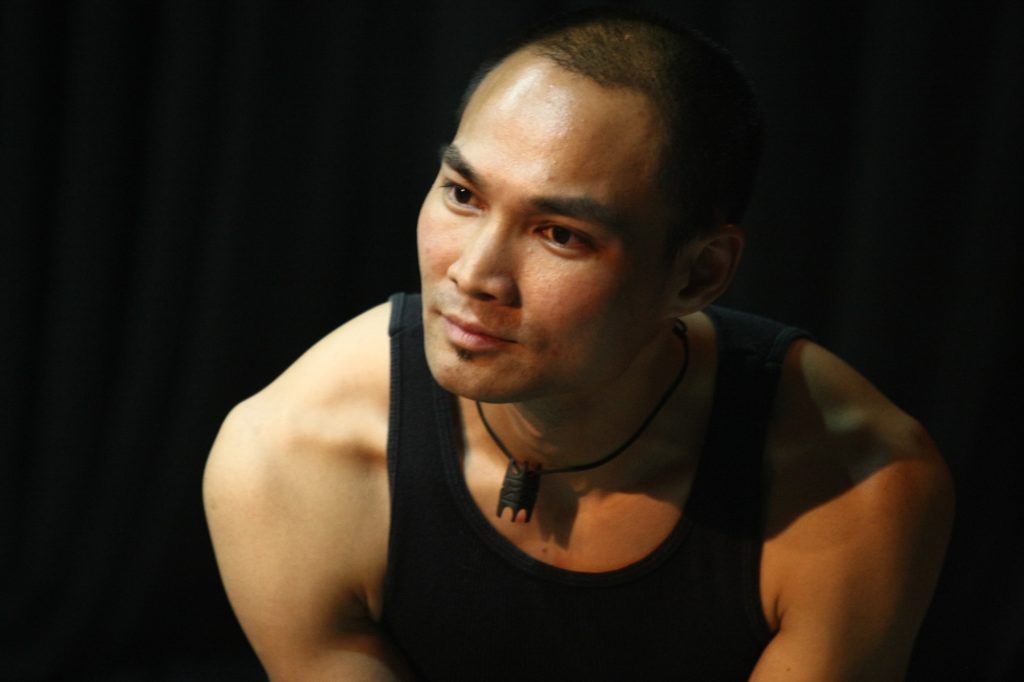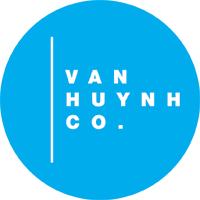
Words by Qiao Lin Tan.
In speaking about writer Audre Lorde, Dam Van Huynh comments, “When she wakes up, she is politics… In a way, I also describe myself in that manner.”
Dam’s glittering list of accolades is awesome – having graduated from the Boston Conservatory, he danced professionally with various renowned companies, including Merce Cunningham, Richard Alston and Phoenix Dance Theatre. He’s a choreographer who has performed and created all over the world, the Director of Centre151, and he runs his own professional dance company. An incredible feat, especially considering the fact that he escaped the Vietnam War as a child refugee.
“Everything about my existence – the fact that I’m speaking through the form of dance and making artwork – is all political because I come from a displacement due to political implications. As a result of all these displacements and the impacts economically, my family grew up quite poor. When you look at the larger landscape of accessing the arts when you are not privileged, I managed to access the arts through very simple means – through community projects and dance forms… All of these things, when you really look at them, they really imply that I shouldn’t really be in these positions where I could develop and make art… It just means these socialist systems do [work]. Whenever I am able to present my work, for me it is an act of politics because, well, I shouldn’t be here. I’m a gay male Asian dancer [who escaped war].”
Dam’s experiences as a child refugee greatly colour his upcoming work at The Place, Re:birth. A significant element of the piece is a fragmented, dualistic self, as Dam explains. As a refugee, “you’re continuously trying to reflect back and forth and you’re not really clear on what is real and what isn’t real as you recall these memories [of being displaced]”. Ultimately, the essence of the work is about “going from a state of disorientation into an act of orientation”. For Dam, images that greatly informed the work include self-portraits by Frida Kahlo and the Napalm Girl photograph. In Frida Kahlo, there is a sense of coming face-to-face with yourself, and the Napalm Girl image is an iconic representation of both his country’s and his own personal histories.

Dam shares that as a maker, he is inclined towards found materials and objects, an eclectic mix of sources which ties in with his method of creating “overlapping collages” with images and photos as part of the creative process. In describing his use of various textual sources, elements of collaging emerge strongly here too:
“It’s about recognising that sometimes one’s own voice – no matter how visible you are in the social structure – although can be very strong [by itself], there’s something about uniting [various different voices within] one space and then letting them resonate [against each other], to amplify these perspectives and messages. It is potentially greater in a [unified] form rather than [just] me shouting…”
In Re:birth, texts from various writers, poets and activists are a significant source of inspiration. Dam identifies a quote by Ocean Vuong that features pre-eminently in the work – “Let me begin again.” Dam sees this statement as a way of coming to terms with his experiences that have “torn [him] apart and displaced [him] all over the space”:
“Most cultures really embrace this notion of a new year because it helps to distribute the weight of life itself. This continuous motion without a shedding or a sense of new possibility… [Beginning again] is a way to continually look at a difficult subject… To see how you can see through a renewed, fresh perspective to reflect on a major life journey… Trying to identify yourself in the process, to find where centre is, I think it requires this act.
Let me paraphrase something Audre Lorde writes about. Through this activity of trying to clarify for yourself what is happening to you, some people get crushed by it and some people manage to find their way through. And I think this notion of allowing a collapse of structure, and then doing it anew again, really helps this process.”
Dam’s philosophy bleeds into his company’s movement practice, The Impact Practice. He describes a freefall exercise that his company routinely does, where they attempt to give themselves to gravity, fully and honestly. Falling over and over into the earth, getting back up only to fall again. Dam mulls over whether this is a repetitive act of surrender, or if this continuous falling facilitates a greater growth and understanding of oneself and one’s relationship to the unchangeable (gravity). The structure must collapse so that it can be built back up.
At this point in the interview, I find that there is something incredibly alive about Dam. Some might see repetition as a sign of stagnation or death. But Dam’s bigger-picture view recognises the need for things to die so that they can continue living – that’s why it’s called a life cycle. It is exactly the repetition – the constant movement – that is alive.
Dam’s experiences are extraordinary and unimaginable for most of us, but Re:Birth is not exclusively a narrative of his journey. Dam shares what it was like to work with his collaborators using his personal experiences as a springboard:
“In a way it’s difficult because there’s a lack of shared experiences… But in another way it’s easier because although [Re:birth] is stemming from my own experiences, I wouldn’t say it’s overtly an autobiography or a narrative of my journey… The artists are quite diverse themselves… In a way it’s easier because they all come from various different perspectives so when you propose [ideas], there’s always a light trigger for most of them because even if it’s not the same journey, the sensations are quite similar in some ways. In some respect, it makes the process easier because they can underpin other emotions that perhaps I haven’t really come to terms with… Sometimes when you’re fermenting on something that’s quite prolific in your life experiences – I like to think that as I get older, I get more perspective but sometimes perhaps you think about it so much that the scope gets too narrow. I think that a creative process allows for that robustness of viewpoints and in a way it’s quite therapeutic.”
As people, our instinct is to catch yourself before you fall, but Dam’s philosophy is to give in over and over again because something new will emerge in the long run. Re:birth, whether it’s “regarding birth” or “rebirth”, is both a consideration of this process of continuous growth and discovery, as well as a product of Dam’s own rebirth. Catch Re:birth at The Place, Tuesday 14th November 2023, 7.30pm.
